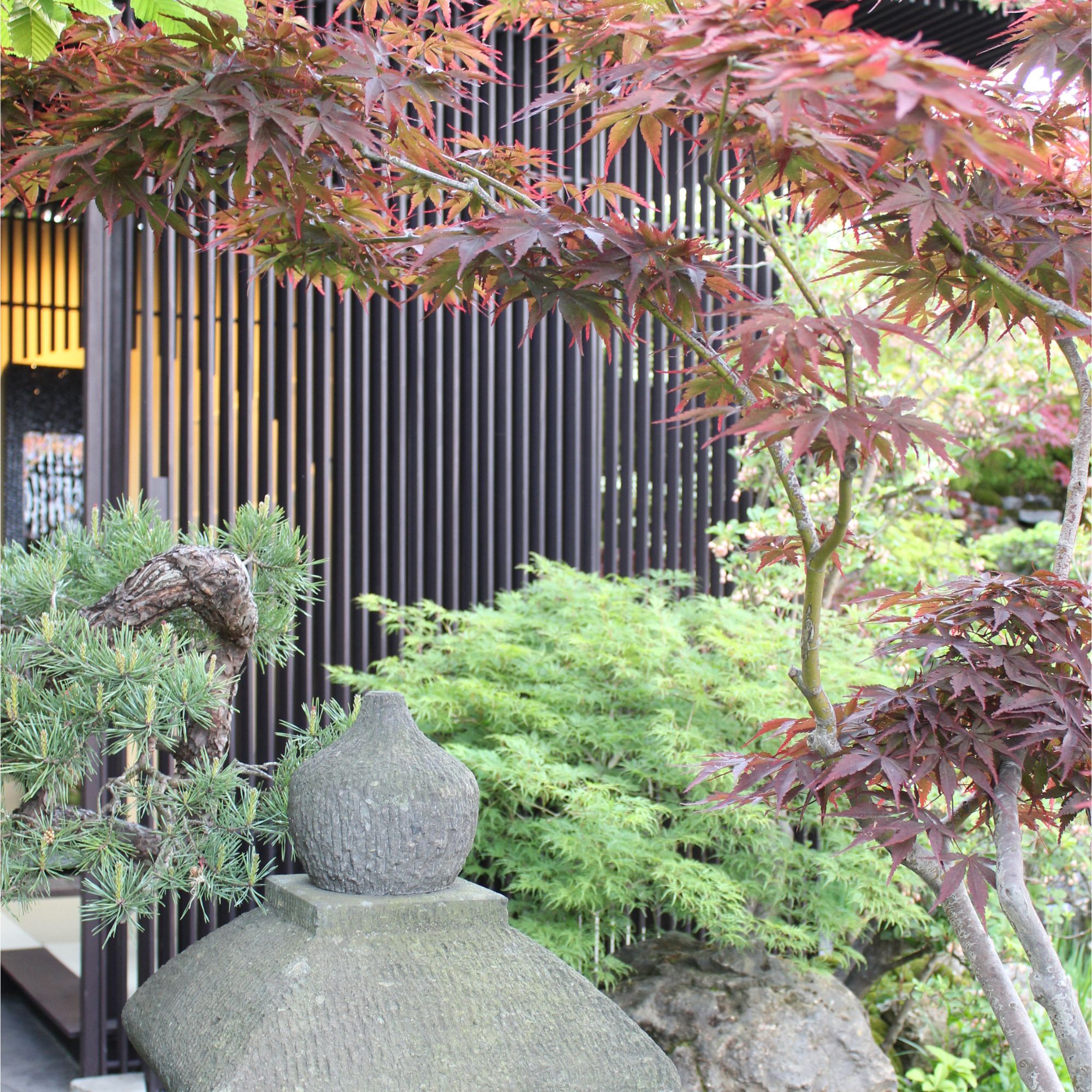
Acers are renowned for their vibrant green and red hues, but if you're thinking about giving your tree a trim, knowing when to prune acers is key.
Otherwise known as Japanese maples, acers make beautiful features in garden borders, and they're also one of the best trees to grow in pots if you're looking for a patio centrepiece. Once you've figured out what soil acers like, they're relatively easy to care for.
But knowing when to prune acers is crucial if you want to avoid damaging your tree. It all comes down to the right (and wrong) season...
When to prune acers
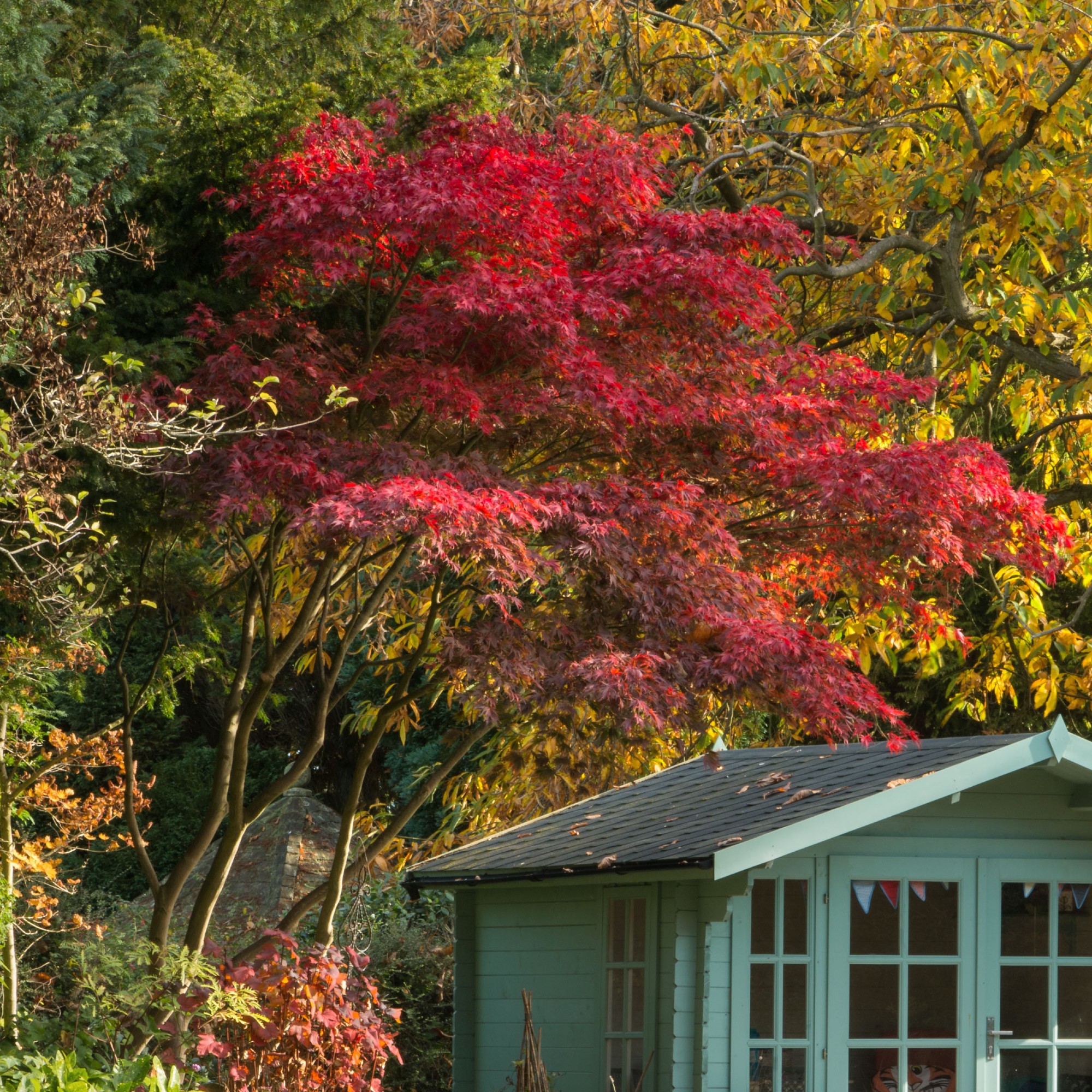
Acers are a popular feature of zen gardens, and they're also one of the top plants that can increase property value, so it's important to keep them in good shape.
To do that, you'll need to know when to prune acers.
What you’ll need
These Amazon's Choice secateurs will make light work of a pruning session.
A sturdy pair of gardening gloves to wear while you work.
Extendable loppers like these are perfect if you're dealing with taller trees.
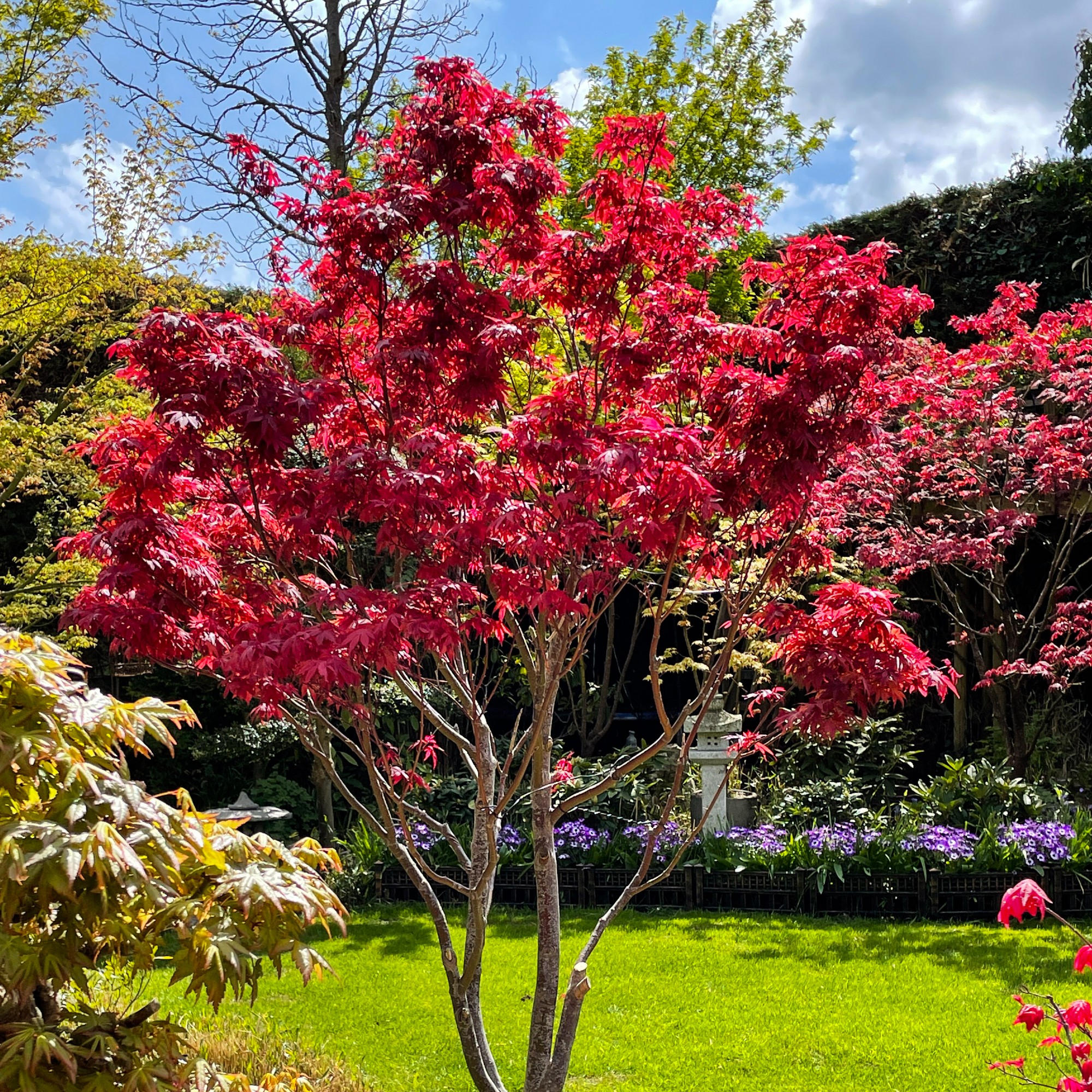
Acers are one of the main plants to prune in November, so now is the perfect time to be thinking about giving your tree a trim.
'The best time to prune the trees is during their period of dormancy, between November and January, as the tree will not be actively growing then,' says Graham Smith MCIHort, gardening expert at LBS Horticulture.
'It can be beneficial to prune after the leaves have fallen off the tree, as this will make it easier to see the shape of the tree overall.'
So, late autumn and early winter is the ideal time timeframe. You'll need to keep an eye on temperatures, though, because pruning while temperatures are below freezing can cause the tree more harm than good.
'You shouldn't prune an acer if the temperature outside drops below 0°C, as acers can be prone to frost damage,' Graham explains. In fact, one of the best plant covers for winter wouldn't go amiss during particularly cold spells, especially if your tree is young or potted.
When shouldn't you prune acers?
Now that we've established when to prune acers, we also need to consider the seasons we absolutely should not be trimming the trees.
'Avoid pruning in spring as sap flow is high, which can weaken the tree and make it vulnerable to disease,' warns Stephanie Harrod, founder of Harrod Horticultural. You should also avoid pruning acers in the summer – it's better to stick to the dormant period to save your tree from unnecessary stress.
'However, if you need to remove any damaged or dead branches, these can be addressed at any time of the year,' Stephanie adds.
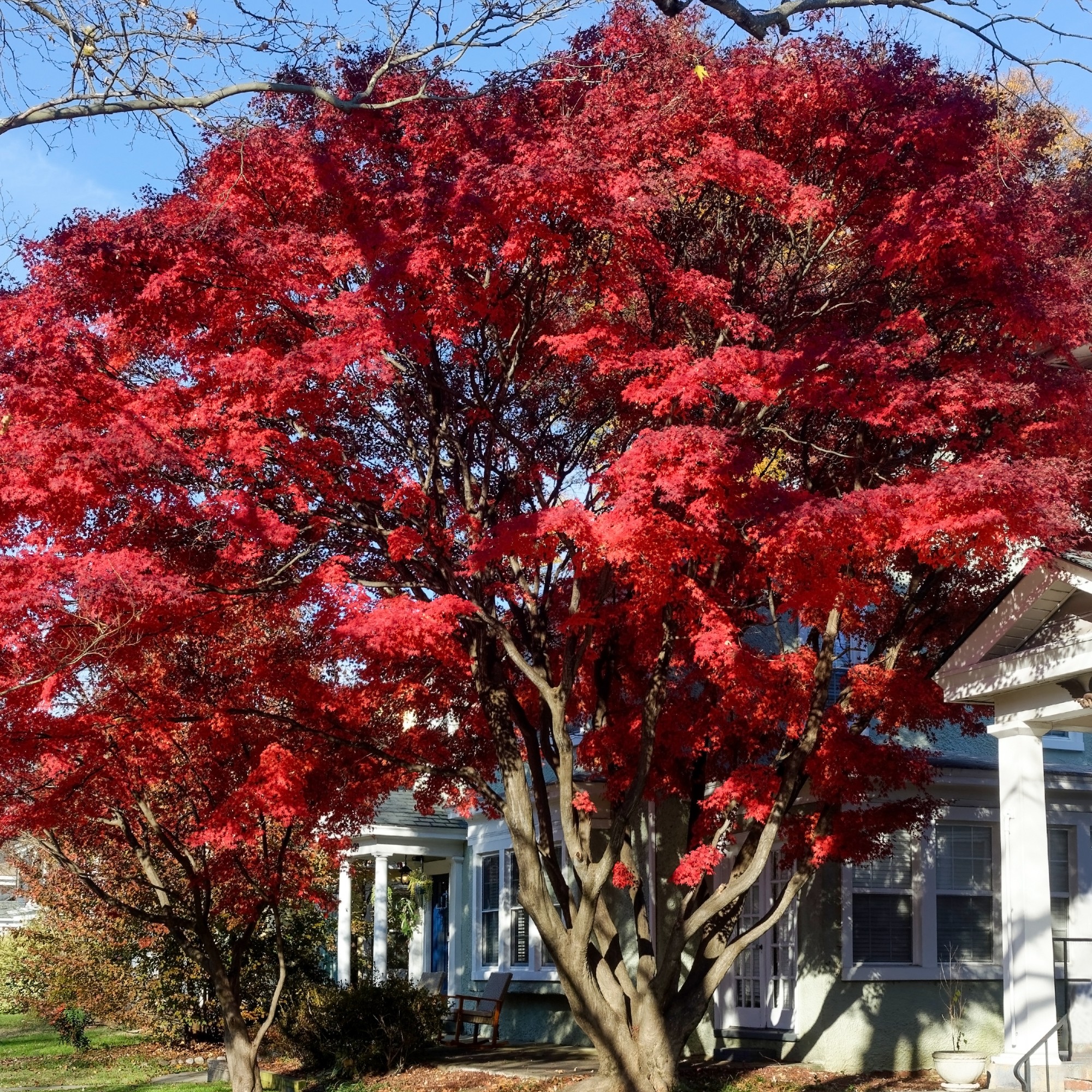
As much as pruning is a key part of acer care, it’s just as important to know when to stop, as acers can only tolerate light and occasional pruning.
‘Over-pruning is an easy mistake,’ says Jack Sutcliffe, co-founder of Power Sheds. ‘Acer trees do not tolerate heavy or aggressive pruning well. Avoid removing more than a fourth of the foliage of any single branch at once. Over-pruning can stress the tree and lead to slow recovery or even decline.’
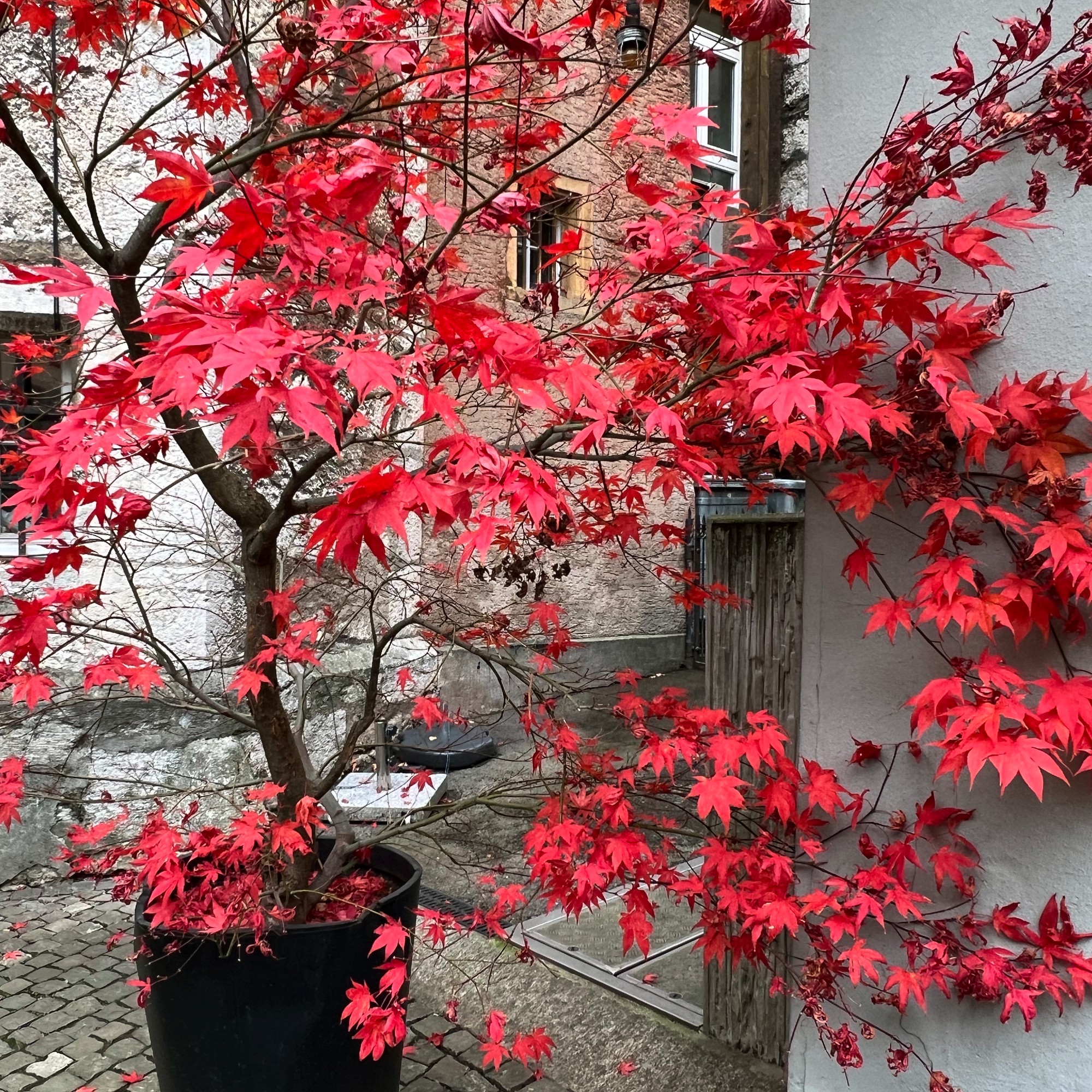
Do acers need to be pruned?
Pruning isn't absolutely essential for acers, but it can help to neaten the trees up and promote shrubbier growth.
‘Acers are low-maintenance trees, and will only need very occasional pruning,' says Steve Chilton, garden expert at LeisureBench. 'If your tree isn't over-growing then don't prune it. They really don't need excessive pruning, as this is likely to damage them.’
He continues, ‘If the tree is healthy, then realistically, you'll only need to worry about occasional pruning. This should be done in order to maintain the shape, size and overall aesthetics and appearance of the tree.’
FAQs
How do you prune an overgrown Japanese maple tree?
Less is more when it comes to pruning an acer tree, but what about an overgrown one?
'Pruning an overgrown acer should be approached with care to preserve its natural shape and health,' says Stephanie from Harrod Horticultural. 'Start by removing any dead, diseased or damaged branches using clean, sharp tools to make precise cuts.
Then, you'll need to thin out any congested parts of the tree. 'Remove crossing or inward-growing branches to allow light and air to penetrate the canopy,' Stephanie says.
'Always cut back to a bud, fork, or the main branch without leaving stubs. Aim to remove no more than a third of the tree’s growth in one season to avoid shocking the tree. For Japanese acers, focus on maintaining their elegant, open structure.'
Do acers need covering in winter?
Most acer varieties are hardy, meaning they can withstand winter temperatures. However, if you live in a frost pocket, your garden lacks shelter or you have a young acer tree, it's a good idea to learn how to protect plants from frost.
'Mulch the base with a layer of organic matter like bark or leaf mould to protect the roots,' says Stephanie. 'If frost or cold winds are severe, cover smaller trees or those in containers with horticultural fleece. Avoid using plastic, as it can trap moisture and cause damage.'
Lifting pots onto feet will increase drainage and prevent waterlogging during rainy spells.
Now you know when to prune acers, your tree should bounce back bright and healthy next spring.







